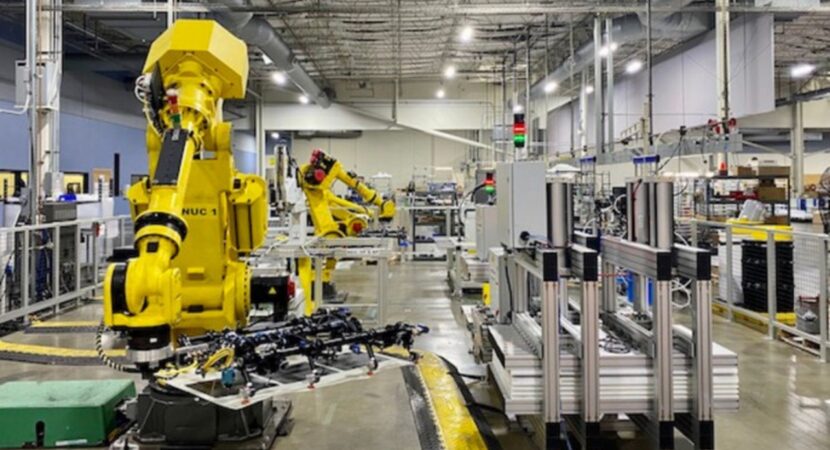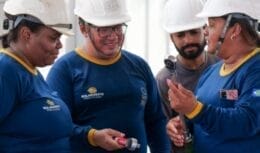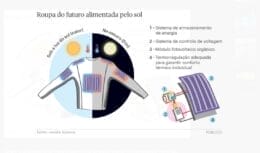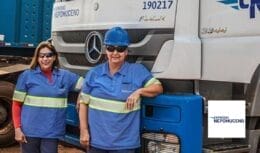
Iron flow batteries are a game changer and have come to replace lithium ion batteries. Technology ensures much greater reliability in the generation and distribution of solar energy, for example.
In the midst of high technology, would it be presumptuous to say that a battery made of iron, salt and water could replace lithium-ion power cells in the future? Experts say that in addition to being ideal for large-scale electricity storage, iron-flow batteries also take advantage of being much cheaper to produce.
Read also
- Endesa and Urbaser will build the first recycling plant for batteries for electric vehicles, which will process 8000 tons per year
- Brazilian multinational CBMM, has just purchased 20% of Battery Streak – which develops lithium batteries using niobium oxide, in addition to announcing BRL 7 billion in investments with graphene oxides
- Batteries Moura, leader in the manufacture of automotive electric accumulators, calls for many job vacancies in its factories in SP, RJ, PE and more
- Niobium instead of lithium revolutionizes and becomes a solution to increase the capacity and useful life of electric car batteries
- The world's first concept for rechargeable cement-based batteries appears and promises to revolutionize the generation of renewable energy in the world of civil construction
The world's power grids are under pressure due to the high volatility of fossil fuel prices and the growing tendency to disconnect the planet from polluting energy sources. One solution may be on the verge of convincing manufacturers – an innovative battery that uses iron instead of lithium and is a cheaper alternative to current technology.
Watch the video below, and learn about the new technology that came to revolutionize renewable energy in the world
Iron flow batteries use three of the most abundant elements on Earth – iron, salt and water
Iron flow batteries use three of the most abundant elements on Earth – iron, salt and water. Each battery has just four components: two electrodes between which charged particles mix as the battery is charged and discharged, an electrolyte that allows the particles to flow smoothly, and a separator to prevent the two electrodes from forming a short circuit.
If that sounds easy, it isn't. Getting the right mix of iron, salt, and water is critical, and creating a membrane that lasts a long time isn't easy. But ESS has products ready to go and has just signed a deal with SB Energy, a division of SoftBank, to supply 2 gigawatt hours (GWh) of its iron flow batteries between now and 2026. deployed at a solar power plant in Davis, California this month.
In a press release, Rich Hossfeld of SB Energy says: “ESS's unique ability to manufacture and ship batteries using iron, salt and water is a game changer, allowing SB Energy to offer our customers energy storage safe, sustainable and cost-effective today. Long-term storage is absolutely critical to providing flexible, affordable renewable energy at scale and aligns perfectly with the Biden administration's ambitious clean energy initiatives. SB Energy is excited to continue its partnership with ESS and deploy the company's domestically manufactured batteries into the vast and fast-moving energy storage market.”
New batteries have a life expectancy of 25 years and are easily recyclable
ESS claims that its flow batteries last more than 20.000 charge/discharge cycles and can supply energy for up to 12 hours, ensuring much greater reliability in the generation and distribution of solar energy, for example. In addition, they have a life expectancy of 25 years and are easily recyclable when their useful life is over. The company says it uses the same electrolyte on both the negative and positive sides of the equation, which eliminates the cross-contamination and degradation that shortens the life of other flow batteries.
Time shifting is the operating concept when it comes to energy storage. Some people like to joke in the stands and suggest that the wind doesn't always blow and the sun doesn't always shine, which is why we need to keep thermal and nuclear power plants running.
Like MIT noted in 2011 "The sunlight that hits Earth every day is clearly sufficient at scale to meet all of humanity's energy needs - if it can be harnessed and stored economically." It says that about 173.000 terawatts of solar energy hits Earth every day — 10.000 times more energy than is needed to meet the energy needs of the entire human race. And it's free, folks! All we have to do is figure out how to harvest it, store it and distribute it. This is where the time shift comes in. Generate it now, store it, and use it later when the sun is over the horizon.
No one is suggesting that ESS iron flow batteries are the only solution for energy storage, but at a projected cost of around $25 per kilowatt hour, they clearly should be part of the mix of energy storage technologies. available.








